Back to Courses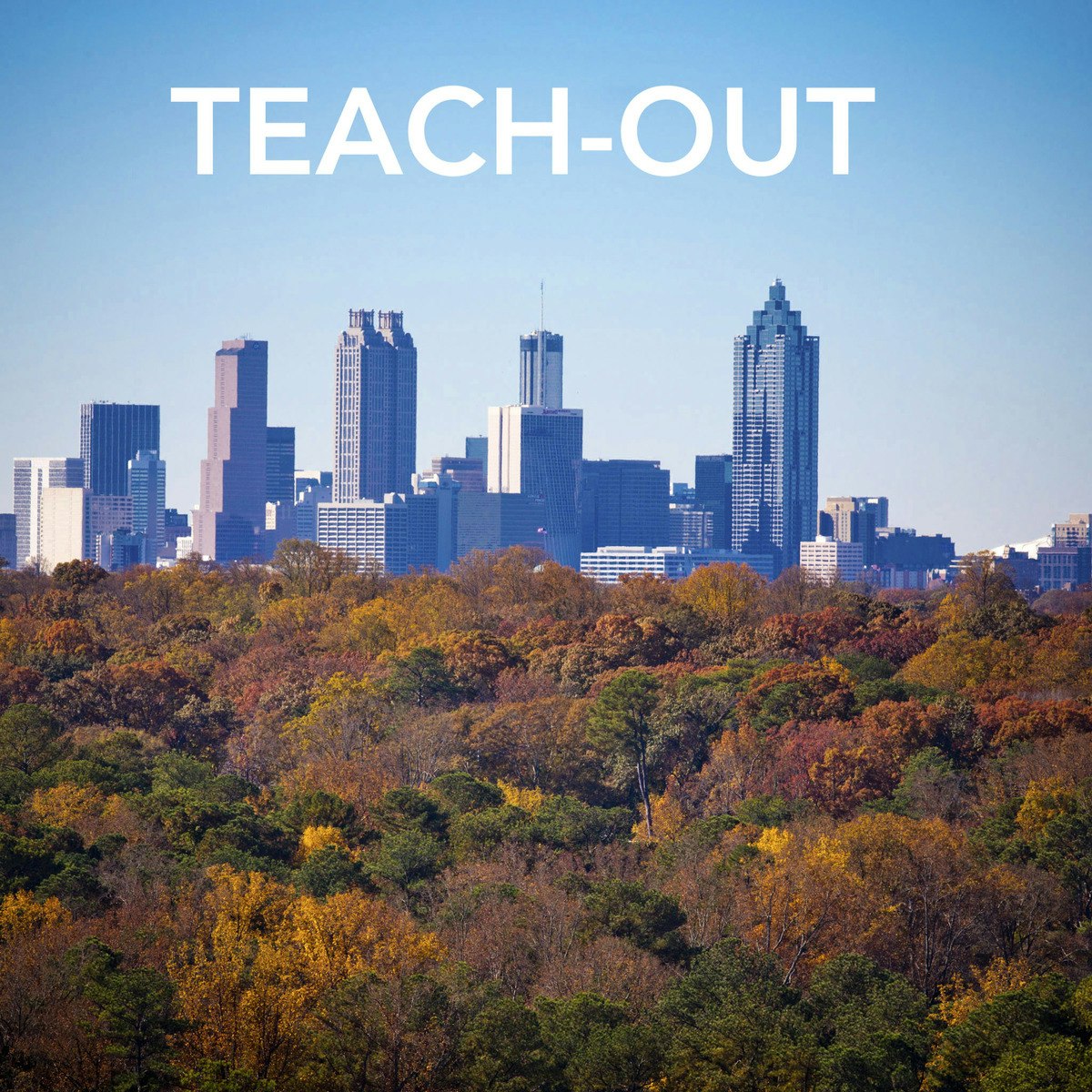

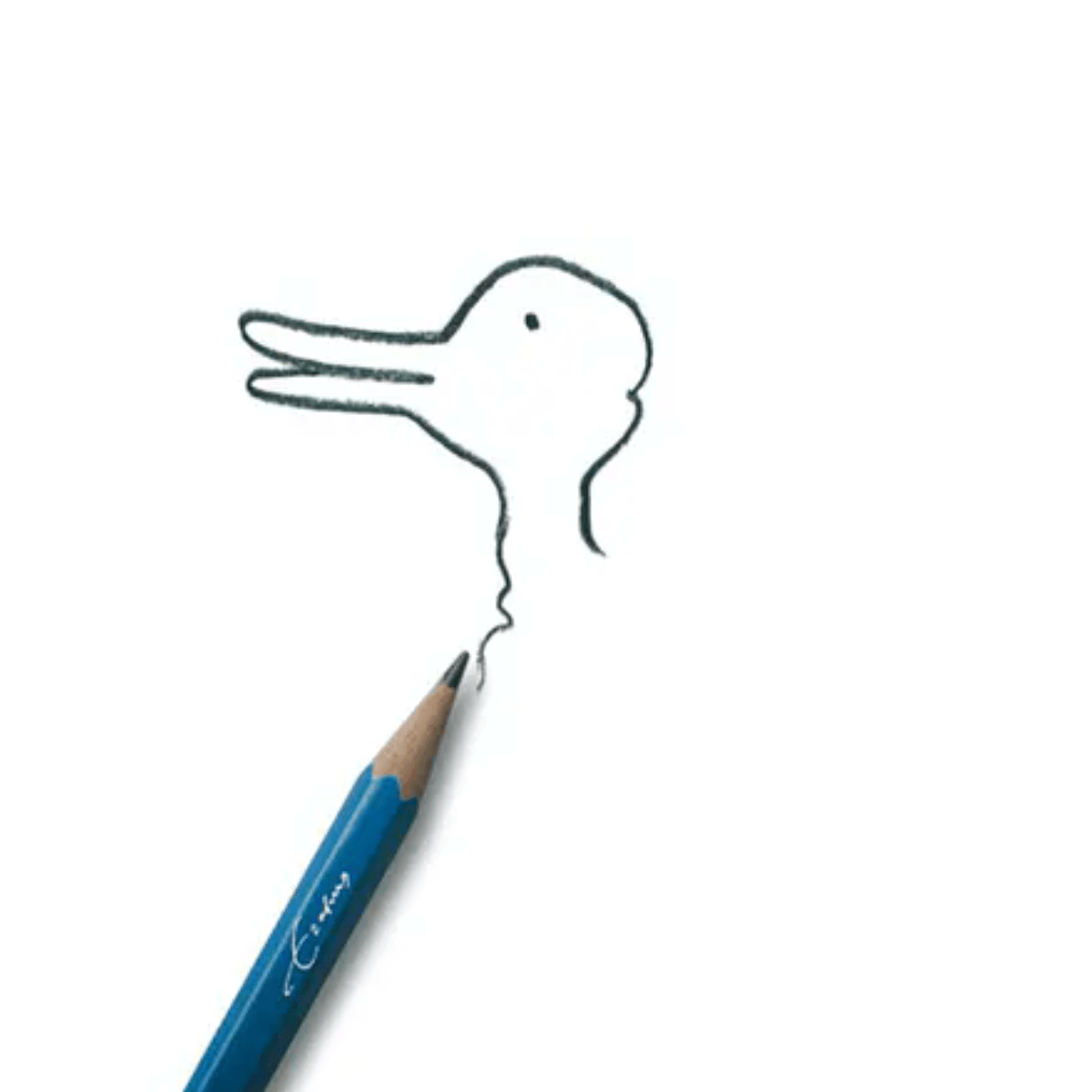
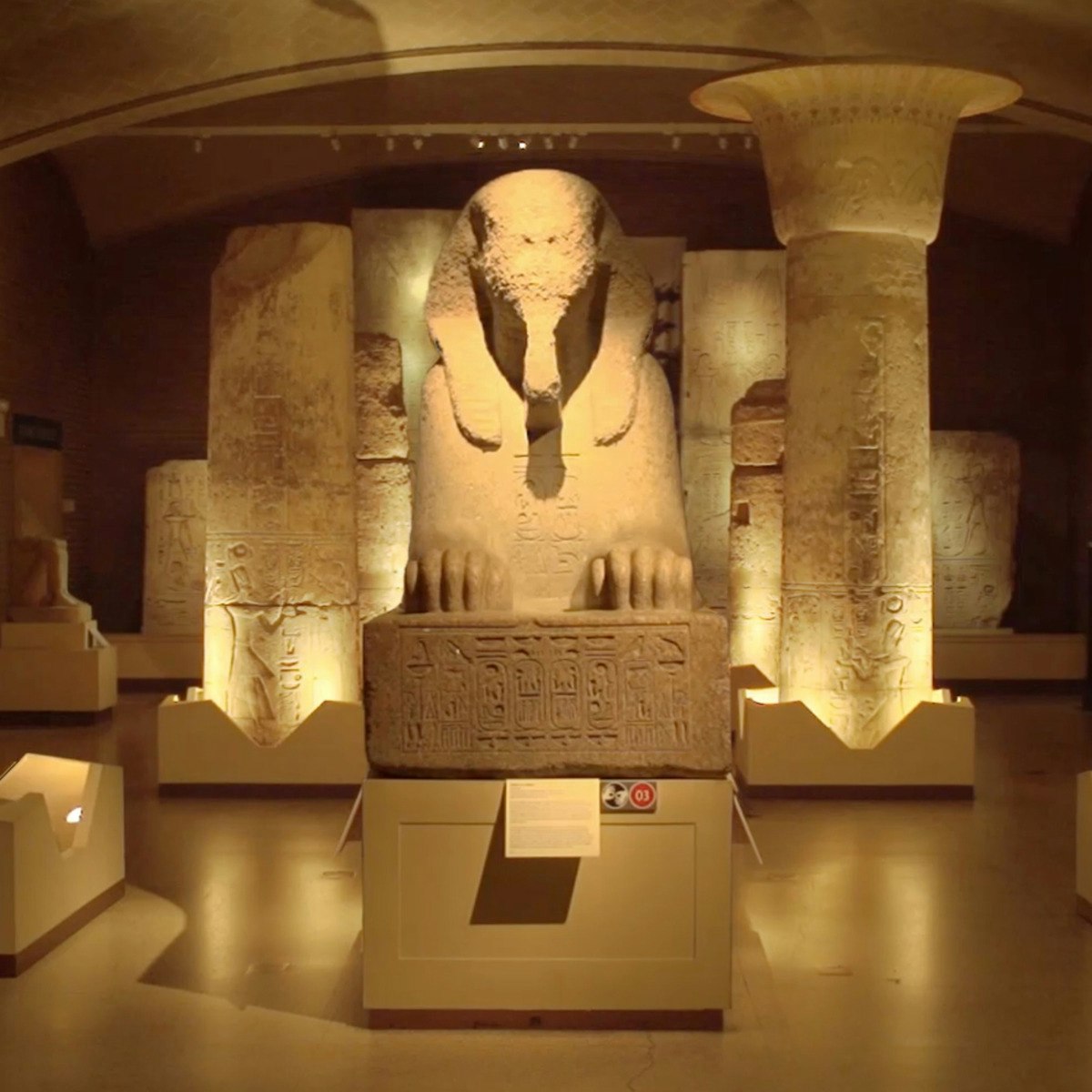
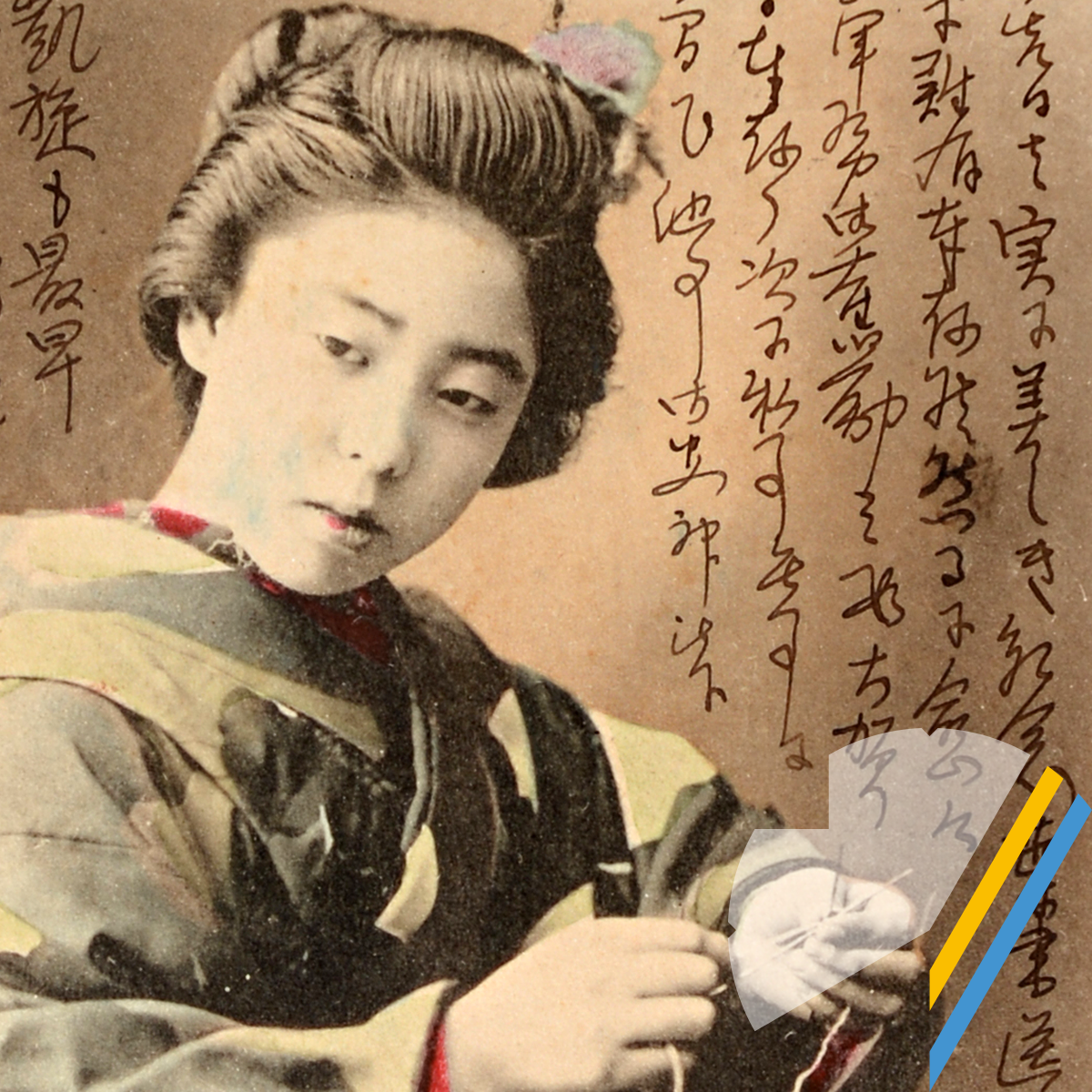

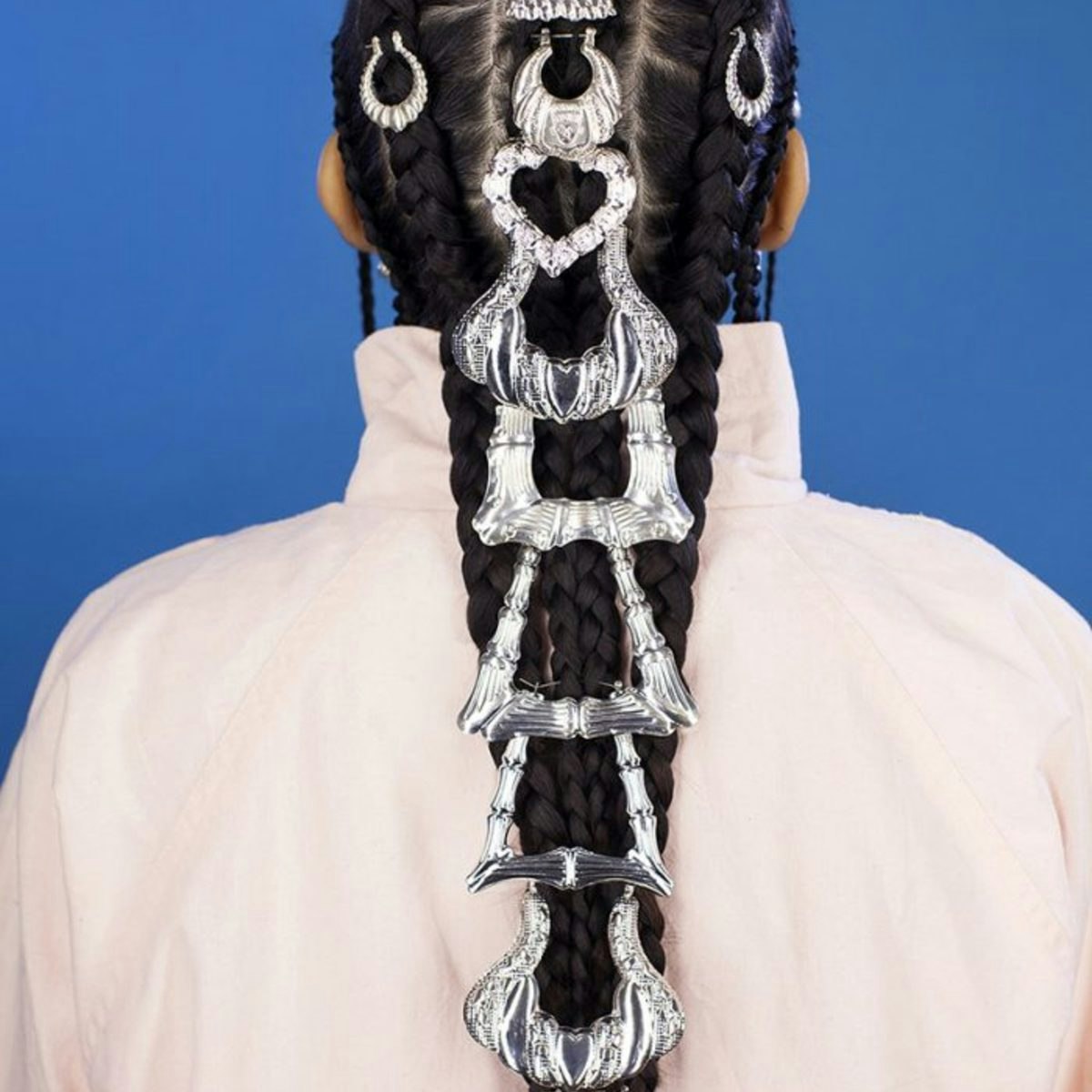
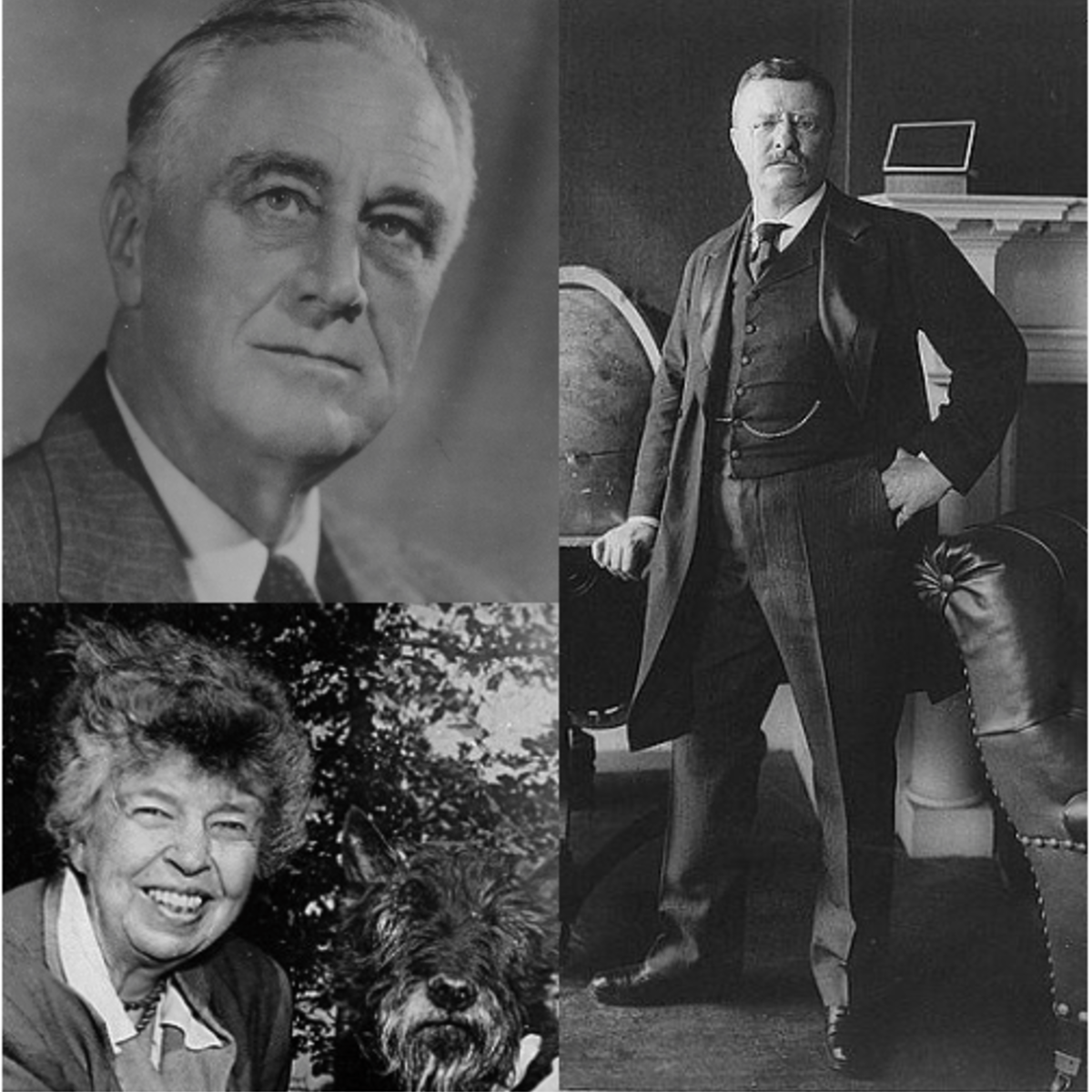


History Courses - Page 2
Showing results 11-20 of 168

"Making" Progress Teach-Out
What is “progress”? How do we decide when we’re moving forward and not taking steps backward? And how do we explore the idea of progress around public sites of memory? This Teach-Out is an invitation to think about what progress means, and how you can look for it wherever you are—in your city, community, or neighborhood—and reflect upon your own ideas about the place you live in.
Changes in the built environment of our communities are themselves the result of human actions and intentions, such as municipal planning, commercial enterprises, or communities transforming their own space. In other words, in our cities we can see the results of our plans—our attempts to create and shape the future. Neighbors, political groups, corporations, governments, schools, and other organizations, they all shape the community, leaving traces that allow us to see in what directions they transformed our lives.
This Teach-Out will ask the following questions:
• What are the forces that shape and change the places we inhabit?
• How do people connect with places in our modern cities?
• Do places progress?
• How can we measure in them whether there is any “progress”?
We will interview a number of people who work in Atlanta, Georgia, but the questions and places we will see here are comparable to many of other places in the world on what it means to progress. In this Teach-Out you will learn how to find the history of public spaces in any community and how to reflect upon the idea of progress. Finally, you can join a conversation to discuss what has been explored, uncovered, and possibly transformed both within ourselves and our communities.
A Teach-Out is:
– an event – it takes place over a fixed, short period of time
– an opportunity – it is open for free participation to everyone around the world
– a community – it will be joined by a large number of diverse individuals
– a conversation – an opportunity to give and take ideas and information from people
This community learning event invites participants from around the world to come together in conversation with the Emory campus community, including faculty experts. This Teach-Out is part of Emory’s commitment to engage the local and global community in exploring and understanding problems, events, and phenomena most important to our society.
Originating from University of Michigan (Teach-Out.org), Teach-Outs are short learning experiences focused on a specific current issue. Attendees will come together over a few days not only to learn about a subject or event but also to gain skills. Teach-Outs are open to the world and are designed to bring together individuals with wide-ranging perspectives in respectful and deep conversation. These events are an opportunity for diverse learners and a multitude of experts to come together to ask questions of one another and explore new solutions to the pressing concerns of our global community. Come, join the conversation!

Mountains 101
Mountains 101 is a broad and integrated overview of the mountain world. This 12-lesson course covers an interdisciplinary field of study focusing on the physical, biological, and human dimensions of mountain places in Alberta, Canada, and around the world. Specifically, we'll study the geological origins of mountains, how they’re built-up and worn-down over time; we’ll learn about their importance for biodiversity and water cycles, globally and locally; we’ll explore their cultural significance to societies around the globe, and how that relationship has evolved over time; and we’ll learn how mountains are used, how they’re protected, and how today they’re experiencing rapid change in a warming climate.
At the end of each lesson, Mountains 101 will also provide learners with some smart tricks -- Tech Tips -- to safely enjoy time in the high alpine environment: from how to pick the best footwear for hiking to making smart decisions in avalanche terrain.
We’ll be delivering your online lessons from valley bottoms to mountaintops, from museums and labs, to alpine huts and other spectacular alpine sites, and we’ll do so with the help of a whole host of experts.
We invite you to join us for this online adventure! The mountains are calling...

The Epistemic Quest for Truth: Introduction to epistemology
The introduction of the internet and of social media has drastically changed our information position. We live in a time of ‘truth decay’: the distinction between opinions and facts is blurred, opinions have more impact than facts, and sources of factual information are increasingly distrusted. Since philosophers love truth, they deplore these tendencies. But what can they do about them?
In this course, you will be invited to reflect on whether, in what sense and to what extent, 2500 years of normative epistemology, or theory of knowledge, can be put into practice and help to reduce truth decay. You’ll be invited, more specifically, to reflect on
- the theory of knowledge,
- the analysis of knowledge,
- the possibility of knowledge,
- the structure of knowledge,
- the kinds of knowledge, and
- the value of knowledge.
Think of a pressing example of truth decay that strikes you and wonder how epistemology may go against it.

Introduction to Ancient Egypt and Its Civilization
Colossal pyramids, imposing temples, golden treasures, enigmatic hieroglyphs, powerful pharaohs, strange gods, and mysterious mummies are features of Ancient Egyptian culture that have fascinated people over the millennia. The Bible refers to its gods, rulers, and pyramids. Neighboring cultures in the ancient Near East and Mediterranean wrote about its god-like kings and its seemingly endless supply of gold. The Greeks and Romans describe aspects of Egypt's culture and history.
As the 19th century began, the Napoleonic campaign in Egypt highlighted the wonders of this ancient land, and public interest soared. Not long after, Champollion deciphered Egypt's hieroglyphs and paved the way for other scholars to reveal that Egyptian texts dealt with medicine, dentistry, veterinary practices, mathematics, literature, and accounting, and many other topics. Then, early in the 20th century, Howard Carter discovered the tomb of Tutankhamun and its fabulous contents. Exhibitions of this treasure a few decades later resulted in the world's first blockbuster, and its revival in the 21st century has kept interest alive.
Join Dr. David Silverman, Professor of Egyptology at Penn, Curator in Charge of the Egyptian Section of the Penn Museum, and curator of the Tutankhamun exhibitions on a guided tour of the mysteries and wonders of this ancient land. He has developed this online course and set it in the galleries of the world famous Penn Museum. He uses many original Egyptian artifacts to illustrate his lectures as he guides students as they make their own discovery of this fascinating culture.

Words Spun Out of Images: Visual and Literary Culture in Nineteenth Century Japan
In their ambition to capture “real life,” Japanese painters, poets, novelists and photographers of the nineteenth century collaborated in ways seldom explored by their European contemporaries. This course offers learners the chance to encounter and appreciate behavior, moral standards and some of the material conditions surrounding Japanese artists in the nineteenth century, in order to renew our assumptions about what artistic “realism” is and what it meant.
Learners will walk away with a clear understanding of how society and the individual were conceived of and represented in early modern Japan. Unlike contemporary western art forms, which acknowledge their common debt as “sister arts” but remain divided by genre and discourse, Japanese visual and literary culture tended to combine, producing literary texts inspired by visual images, and visual images which would then be inscribed with poems and prose. Noticing and being able to interpret this indivisibility of visual/literary cultures is essential in understanding the social and psychological values embedded within the beauty of Japanese art.

Understanding China, 1700-2000: A Data Analytic Approach, Part 2
The purpose of this course is to summarize new directions in Chinese history and social science produced by the creation and analysis of big historical datasets based on newly opened Chinese archival holdings, and to organize this knowledge in a framework that encourages learning about China in comparative perspective.
Our course demonstrates how a new scholarship of discovery is redefining what is singular about modern China and modern Chinese history. Current understandings of human history and social theory are based largely on Western experience or on non-Western experience seen through a Western lens. This course offers alternative perspectives derived from Chinese experience over the last three centuries. We present specific case studies of this new scholarship of discovery divided into two stand-alone parts, which means that students can take any part without prior or subsequent attendance of the other part.
Part 1 (https://www.coursera.org/learn/understanding-china-history-part-1) focuses on comparative inequality and opportunity and addresses two related questions ‘Who rises to the top?’ and ‘Who gets what?’.
Part 2 (this course) turns to an arguably even more important question ‘Who are we?’ as seen through the framework of comparative population behavior - mortality, marriage, and reproduction – and their interaction with economic conditions and human values. We do so because mortality and reproduction are fundamental and universal, because they differ historically just as radically between China and the West as patterns of inequality and opportunity, and because these differences demonstrate the mutability of human behavior and values.
Course Overview video: https://youtu.be/dzUPRyJ4ETk

Fashion as Design
Among all objects of design, our clothes are the most universal and intimate. Like other kinds of design, fashion thrives on productive tensions between form and function, automation and craftsmanship, standardization and customization, universality and self-expression, and pragmatism and utopian vision. It exists in the service of others, and it can have profound consequences—social, political, cultural, economic, and environmental.
Fashion as Design focuses on a selection of more than 70 garments and accessories from around the world, ranging from kente cloth to jeans to 3D-printed dresses. Through these garments, we’re going to look closely at what we wear, why we wear it, how it’s made, and what it means. You’ll hear directly from a range of designers, makers, historians, and others working with clothing every day—and, in some cases, reinventing it for the future. Studio visits, interviews, and other resources introduce the history and development of each garment and their changing uses, meanings, and impact over time.
Course Learning Objectives:
Develop critical tools to appreciate and contextualize fashion design—from everyday clothing to couture garments—through many different perspectives.
Trace the history, development, and impact of garments over time, and explore how they may be reinvented.
Investigate garments through multiple lenses including politics, identity, and economics.
Understand more about the lifecycle of clothing, from its design and production to its marketing, distribution, and consumption.
Better comprehend the choices you make about fashion with respect to the visual language of dress, individual and collective identities, and issues such as labor practices, sustainability, and body politics.

The Rooseveltian Century
This course uses the lives, ideals and achievements of Theodore, Franklin, and Eleanor Roosevelt to create the idea of a Rooseveltian century. It is about doing research, analyzing primary sources, and connecting all this information with a coherent and logical interpretation. It is an invitation to think critically and historically, and it wants to give you a glimpse of what it means to be a historian at work.
We are convinced that the three Roosevelts – the 3Rs, as we will refer to them throughout this course – profoundly shaped the twentieth century. This course shows you why we think so and which paradigms, ideas, and sources we use to uphold our claim. But this course also asks you to give your opinion, and ground it on your own research findings.
The structure of the course is straightforward:
- An introductory module gives you the biographical information you need to connect the personal stories of the 3Rs with the major events of the twentieth century;
- Module 2 explains how the 3Rs reframed our thinking on security, broadening its meaning and reconfiguring the government’s role in providing it;
- Module 3, focusing on equality, shows how the 3Rs changed the relationship between leaders and led, rejected laissez-faire economics, and supported a politics of intervention to overcome the inequalities that undermined social cohesion;
- Module 4 describes how the 3Rs promoted and protected the freedom of ordinary citizens, and communicated that as one of their central political goals;
- Module 5 summarizes the long-lasting legacies of the 3Rs, and asks for your opinion on the Rooseveltian century. Do you agree with this interpretation of our recent past – and our possible futures?
The five modules contain quizzes to test your knowledge and understanding, discussion prompts to stimulate your creativity, and research guidance and assignments to sharpen up your historical skills.
We hope you will enjoy this intellectual journey!

Science and Technology in the Silla Cultural Heritage
Science and Technology in the Silla Heritage
The course explores the scientific and technological aspects of the cultural heritage of Silla, an ancient dynasty in Korea, and its relationship with other ancient civilizations in the world. The lecture series will cover major cultural heritage of Silla: Bulguksa, Seokguram, Cheomseongdae, Poseokjeong, the Sacred Bell of Great King Seongdeok, and metallurgy.
Modern development in science and technology occurred mostly in the West. But during ancient times,various developments were madein science and technology in many countries outside of the West. In that sense, this series of lectures aims to obtain better understanding of the development in science and technology in the Silla dynasty through scientific and technological analysis of Silla cultural properties.

Terrorism and Counterterrorism: Comparing Theory and Practice
Delve into the research behind terrorism as you unpack the assumptions and impacts of both terrorism and counterterrorism.
Terrorism has arguably been one of the defining factors of our age. It frequently makes headlines, threatening or attacking governments, private businesses, and ordinary citizens. In many parts of the world, it has been one of the most important threats to peace, security, and stability – but what does this mean exactly?
On this six-week course from Leiden University, you’ll explore the essence of terrorism and discover why it is so difficult to define. Unpacking its history and the theory of the waves of terrorism, you’ll analyse both the theoretical approaches and practical applications of terrorism and counterterrorism in the real world.
There are many assumptions that cloud the subjects of terrorism and counterterrorism. These myths are often created and intensified by individual bias, the government, and the media. On this course, you’ll discover different assumptions about terrorist identities and motivations, as well as the efficiencies of various counterterrorism efforts. You’ll then compare this with academic research to investigate the truth behind these assumptions.
In your exploration of the impact of terrorism, you’ll delve into the culture of fear created by terrorism, as well as the success of counterterrorism policies to limit and manage its impact on society. In the final stage of this course, you’ll reflect on trends and developments in terrorism and counterterrorism. You’ll assess current academic research as well as what could be studied in the future to help.
Popular Internships and Jobs by Categories
Find Jobs & Internships
Browse
© 2024 BoostGrad | All rights reserved